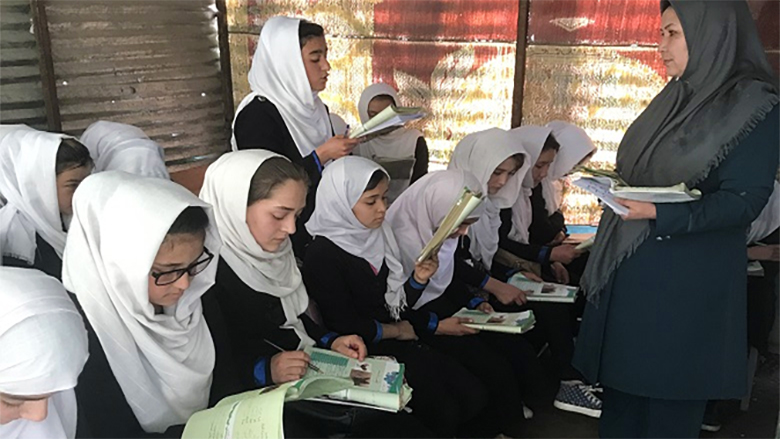.
Changing political ideologies have taken a toll on all students as the entire Afghan education system including its staff, buildings, curricula, and attendance, was wiped out.
.
But despite these efforts, Afghanistan has been experiencing increased fragility.
The report Afghanistan: Promoting Education During Times of Increased Fragility provides an up-to-date analysis of the Afghan education sector, including the use of public money spanning over a period of six years.
Further to that, .
